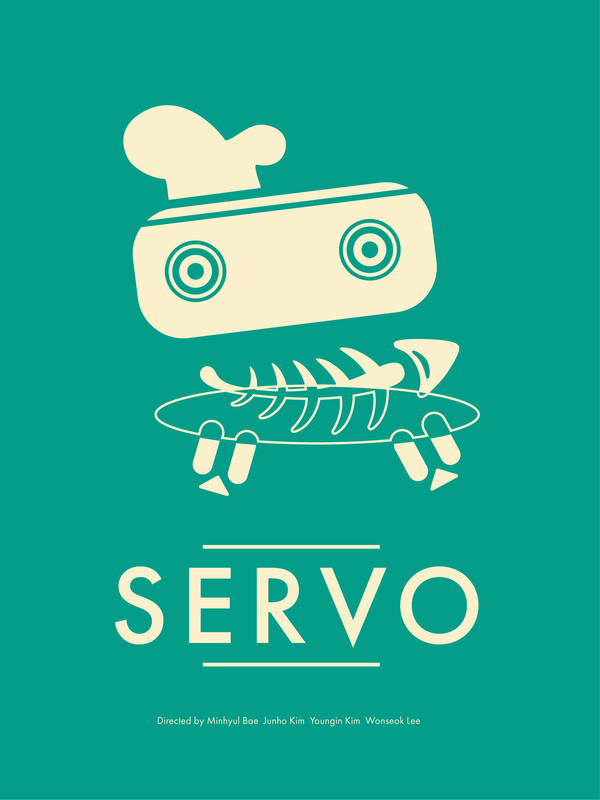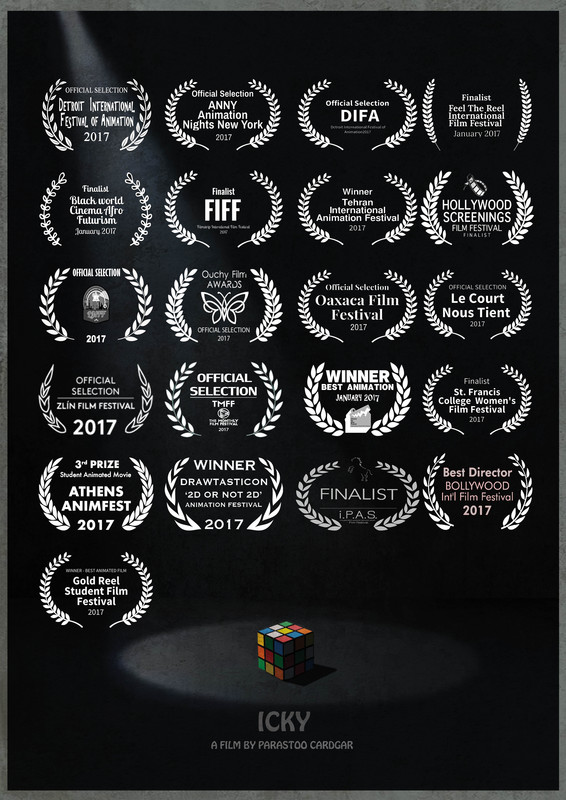 In Jae Won Jung’s Shadow (2017), a broke filmmaker gets what appears to be a too good to be true job. Jae-ha, an aspiring, desperate filmmaker who appears to be about two weeks from eviction, finds a flier that advertises twenty thousand dollars for three days of work. The job involves documenting a subject from morning to night without being spotted. Jae-ha is of course more than a little uncomfortable with the jobs and grows even more so when he sees his subject: a beautiful, young theatre actress named Sun-Woo, who smokes her way through rehearsals for a play and not much else.
In Jae Won Jung’s Shadow (2017), a broke filmmaker gets what appears to be a too good to be true job. Jae-ha, an aspiring, desperate filmmaker who appears to be about two weeks from eviction, finds a flier that advertises twenty thousand dollars for three days of work. The job involves documenting a subject from morning to night without being spotted. Jae-ha is of course more than a little uncomfortable with the jobs and grows even more so when he sees his subject: a beautiful, young theatre actress named Sun-Woo, who smokes her way through rehearsals for a play and not much else.
Sun-Woo, like so many other truly cinematic heroines before her, is indecipherable. She says the lines from her play, but are they necessarily something she believes? And, while her performance consists of seemingly unemotional dialogues, she seems equally as unknowable outside of her play. She lies down, she smokes, she talks, but her face reveals nothing. In this way, Sun-Woo is quite similar to the female characters of Wan Kar Wai, David Lynch, and the other directors that Jung sites as inspiration. Like Laura Palmer and Su Li-Zhen, Sun-Woo is a compendium of melodramatic heroines who are placed in situations, not of their making. Through her emotive eyes and blank expressions, shadow asks that we empathize with Sun-Woo’s pain, even if we don’t understand it.
Her crisis, however, is more philosophical than material. Her monologues describe the struggle between the ephemeral nature of existence and the eternal nature of the world. That’s why she notes “ephemerality is as beautiful as an eternity.”
Her struggle is augmented by the difference in art forms that populate the film. Sun-Woo is of course engaged in theatrical performances; when she rehearses, each performance is transitory and complete in of itself. But Jae-ha is filming her, giving these finite performances a sense of permanence. In each of these dialogues, Sun-Woo seems to be aware of her short time in this world and the rather fleeting impression she makes on the world. However, these interactions and dialogues also foreground the challenges and differences between film and other performative media.
Shadow’s success is predicated on Se In Park’s excellent performance as Sun-Woo. Park is an actress that can project every emotion so clearly and yet remain entirely unreachable. Like so many of film’s great actresses, Park can embody the contradictory emotions that characterize human existence. With Park performance and the film’s classic, photographic cinematography, Jung creates a beautiful meditation on film, life, and the desire to be known and remembered.









